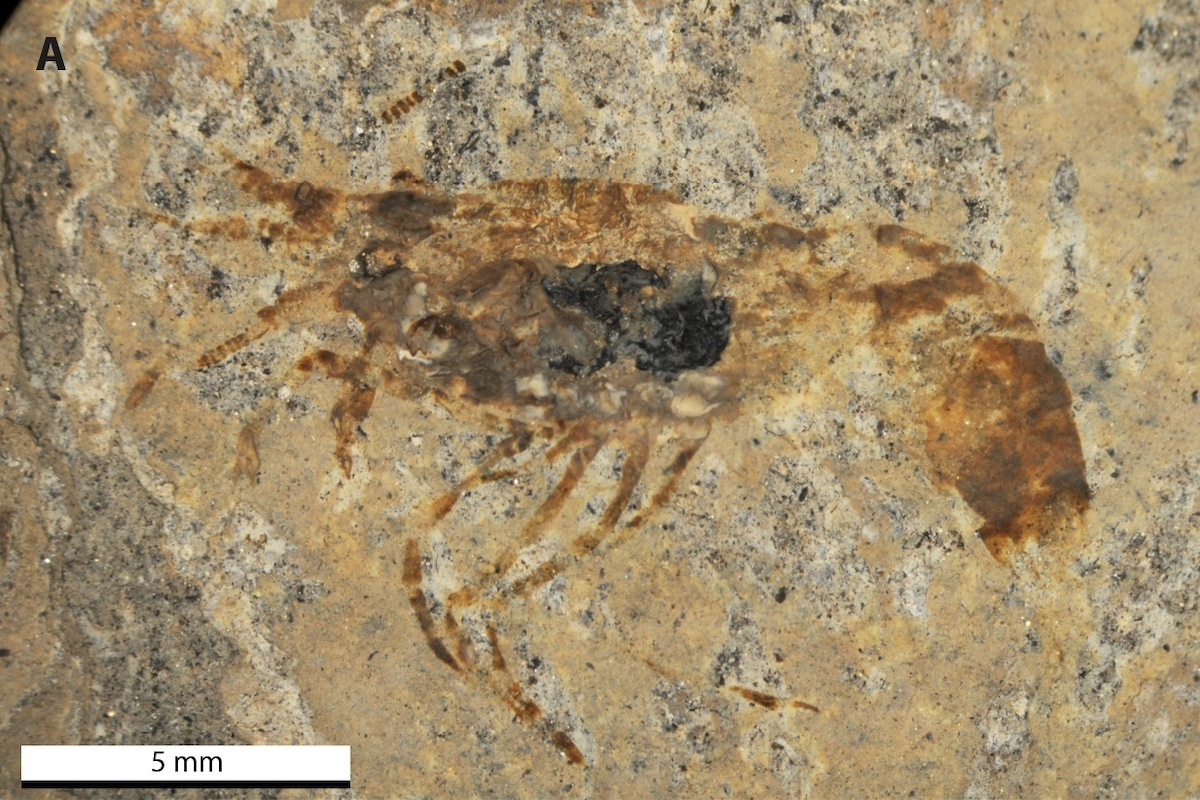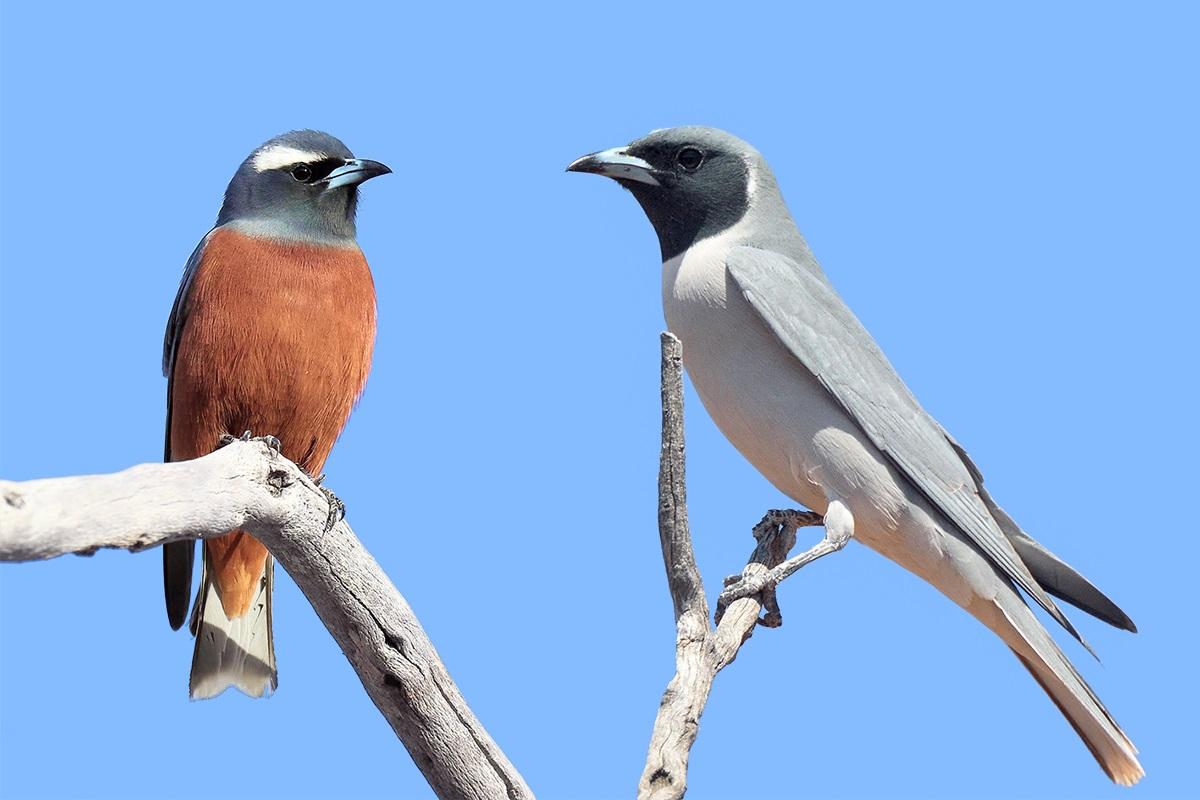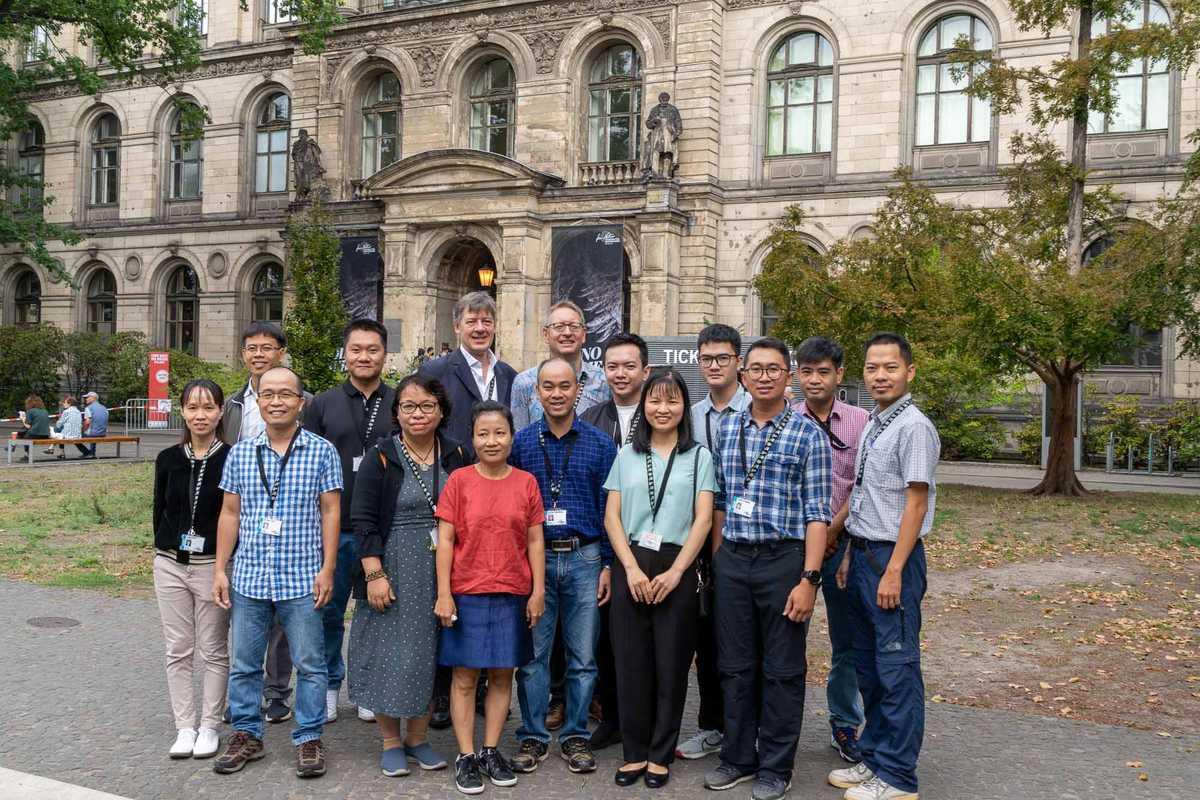Center for Integrative Biodiversity Discovery
The world is facing a biodiversity crisis—countless species remain undiscovered while known ecosystems are rapidly deteriorating due to climate change, habitat loss, and human impact. The Center for Integrative Biodiversity Discovery (CIBD) was established to confront this challenge head-on. Our mission is to accelerate the discovery, documentation, and understanding of Earth’s vast and largely unexplored biodiversity before it disappears. By merging classical taxonomy with modern genomic tools, robotics, and artificial intelligence, the CIBD builds a global inventory of animal life; shedding light on both well-known organisms and elusive “dark taxa” that play critical roles in ecosystems. Our interdisciplinary approach enables faster species identification, deeper insights into evolutionary patterns, and more effective conservation strategies. Through international collaboration and the development of innovative, high-throughput technologies, we aim to transform how biodiversity is studied and safeguarded in the face of a rapidly changing world. The CIBD was launched in 2018, with its first team members joining in 2019. The development of high-throughput species discovery began in 2022, marking a fresh phase of expansion during which many of the staff involved in this area were recruited. [Publications (2019-)]
Research Focus
Species Discovery & Taxonomy
To protect life on Earth, we must first know what life is out there. Yet, vast numbers of species—especially among insects and other invertebrates—remain unknown to science. The CIBD serves as a species discovery engine, working to uncover this hidden diversity before it’s lost. These unnamed species belong to largely overlooked groups, often referred to as “dark taxa,” often serve essential functions to the ecosystem like pollination, decomposition, and nutrient cycling. Knowing and naming these species is not just an academic exercise—it’s a necessary step toward understanding the roles they play and how to protect them. By combining the expertise of taxonomists with cutting-edge tools such as DNA barcoding and AI-assisted identification, we are accelerating the pace of discovery and helping bring biodiversity out of obscurity and into focus. [Publications (2019-)]
Biodiversity Technology & Databases
Knowing species at scale requires new technological solutions to overcome the limits of traditional methods. To meet this need, the CIBD is developing automated systems to rapidly process, identify, and catalog species from bulk samples. Our DiversityScanner robot photographs, isolates, and prepares tiny organisms for DNA sequencing using Oxford Nanopore technology. These sequences are matched with images and morphological data to identify known species or flag new ones. With a growing database of high-quality images and genetic information, we are training AI models to recognize species automatically, laying the groundwork for real-time biodiversity monitoring and global-scale ecological insight. [Publications (2019-)]
Evolution & Systematics
To truly understand the diversity of life, we need to uncover the deeper story behind it: how species evolved, how they are connected, and what their histories can tell us about the world today. At the CIBD, researchers in evolution and systematics are unraveling this story by using modern genomic tools and powerful analytical methods. By mapping relationships between species and tracing their origins across time and space, we reveal the patterns that have shaped life’s complexity. This research not only deepens our understanding of how biodiversity came to be but also provides essential insights for conservation, public health, and predicting how species will respond to a rapidly changing planet. [Publications (2019-)]
Ecology & Conservation
Discovering and naming species is only the beginning. To protect them, we must also understand how they live, where they thrive, and what threatens their survival. At the CIBD, our scientists explore the relationships between organisms and their environments to see how ecosystems function and how they are being reshaped by climate change, habitat loss, and human activity. This research drives practical solutions—restoring habitats, guiding conservation priorities, and supporting sustainable ways of living alongside nature. By linking ecological understanding with real-world action, we work to protect biodiversity and the essential systems that sustain life on Earth. [Publications (2019-)]


